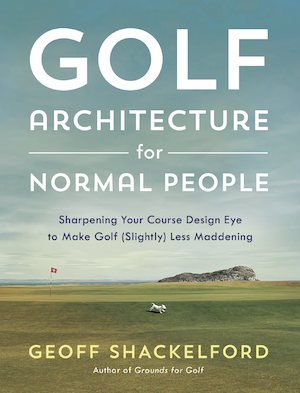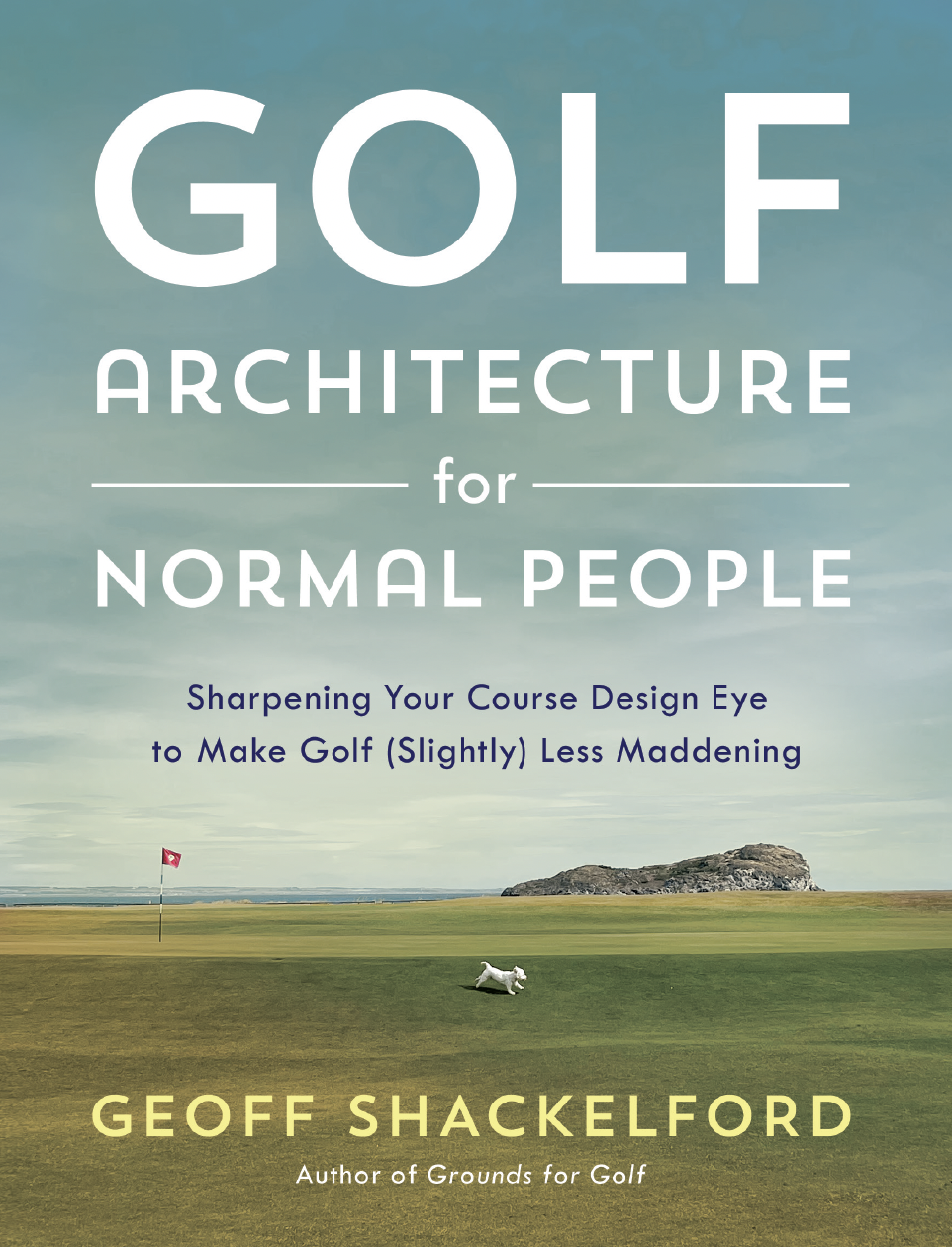Golf Equipment Sales: Social Distancing, Not Distance Gains, Fuel Record Growth
/I kept waiting to hear that record equipment sales tracked by Golf Datatech were fueled by a major distance-gaining breakthrough.
Turns out, it’s just social distancing.
GolfDigest.com’s Mike Stachura offers an extensive breakdown of the surge in sales and reaches out to all of the CEO’s who rarely advertise in print any longer because, they’re (kind of) happy campers! Until they hear the anti-capitalist governing bodies will blow this pandemic-fueled resurgence of golf.
Each of the club and ball categories were up more than 25 percent in both units and dollars compared to a year ago. Specifically:
Balls: Up 27 percent in units, 28 percent in dollars
Putters: Up 32 percent in units, 36 percent in dollars
Wedges: Up 64 percent in units, 74 percent in dollars
Woods: Up 74 percent in units, 68 percent in dollars
Irons: Up 83 percent in units, 93 percent in dollars
As calculated by Golf Datatech, iron sales set an all-time high for any month the research firm has tracked in its more than two decades of looking at industry numbers.
What record did it beat? The one set just last month.
Now, for the CEO’s who were all contacted so Stachura didn’t get any angry calls. The wisdom gleaned is life changing.
“One element we’re seeing is that the more folks play, the more they think about equipment,” said David Maher, president and CEO of Titleist and FootJoy parent Acushnet, on the company’s recent quarterly earnings call.
Holy Mungo Park, who knew?
So hear me out: more people playing use more golf balls, and buy more things. This is remarkable!
Here I thought we wanted to just have really rich people overpaying to gain a few yards, join their seventh club and post a few pics on The Gram, all while the rest of us worked 80 hours a week and aspired to win the lottery so we could play some golf?
Who knew!
Perhaps we should study this appreciation of golf as cool, affordable, accessible and safe might grow it? Bold for a Wednesday, I know. I know.
Callaway’s Chip Brewer reported a huge uptick in online sales and he doesn’t think it’s all just a pent-up demand situation.
“The surge we have right now, some portion of that is pent-up demand,” he said on the company’s recent second-quarter earnings call. “And some portion of that is the increased interest in the game and the increased participation. The participation and the interest in the game, I can't help but believe are positive indicators for the long run.”
On a serious note: this pandemic is dreadful and will be part of our lives for some time. Golf has turned out to be a safe place to be and also an activity folks can participate in because they are not working 60 hour work weeks. Or at all.
Yet no where, in this surge, is anyone daring to suggest these sales are happening because of some amazing equipment breakthrough or distance boosting cure-all. That’s worth noting the next time a manufacturer suggests distance regulation will collapse the sport and deprive folks of real golfing joy. Sales are driven by participation. Simple as that.
Healthy sport, healthy business.































